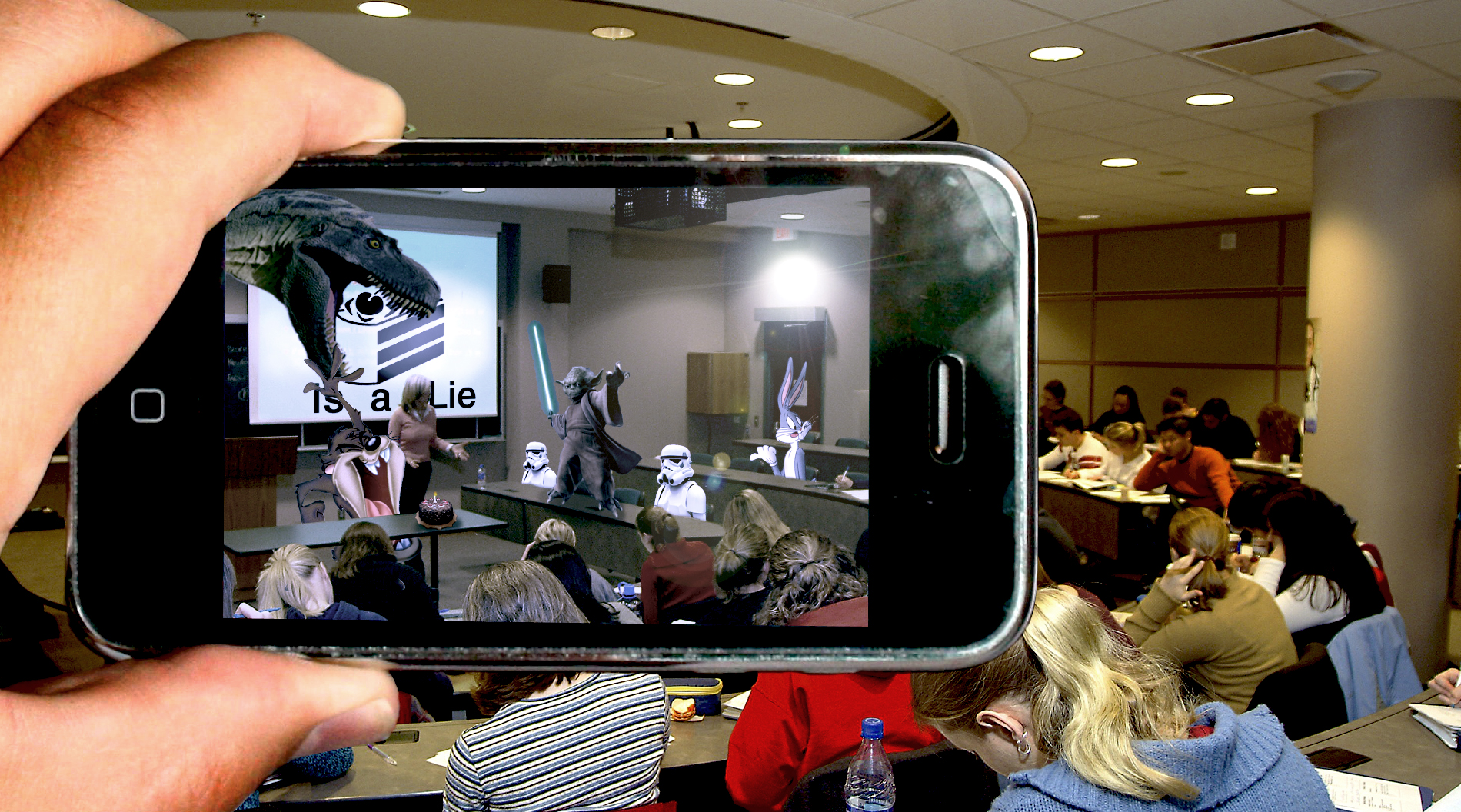
Successful Use Cases of Augmented Reality (AR) in Industries
In recent years, augmented reality (AR) has emerged as a powerful technology that has transformed the way industries operate. By superimposing digital images on the physical world, AR has revolutionized the way companies engage with their customers and employees. In this post, we’ll take a closer look at some successful use cases of AR in different industries.
Retail:
AR has made a significant impact on the retail industry, allowing retailers to create an immersive shopping experience for their customers. With AR, retailers can showcase their products in a virtual environment, providing customers with a real-time view of how the products would look in their homes or workplaces. IKEA, the Swedish furniture retailer, has been a pioneer in AR adoption. The IKEA Place app allows customers to preview furniture in their homes using AR technology, which has increased customer engagement and sales.
Healthcare:
The healthcare industry has also embraced AR technology to improve patient outcomes and reduce costs. AR is used to train medical students, allowing them to simulate surgeries and medical procedures in a controlled environment. Surgeons can also use AR to visualize and plan surgeries, resulting in better precision and fewer complications. AccuVein, a company that uses AR to project images of veins onto a patient’s skin, has helped healthcare professionals locate veins for IV insertion, reducing the number of missed attempts and improving patient comfort.
Manufacturing:
AR has also made an impact in the manufacturing industry, where it is used to improve productivity and safety. By overlaying digital information on physical equipment, workers can quickly identify problems and perform maintenance tasks efficiently. Volkswagen, the German automobile manufacturer, has implemented AR technology to improve their production processes. With AR, Volkswagen workers can visualize the placement of parts and tools, reducing errors and improving quality.
Entertainment:
AR has also revolutionized the entertainment industry, creating new opportunities for immersive experiences. Pokémon Go, the mobile game that allows players to capture virtual creatures in real-world locations, was a massive success, grossing over $1 billion in revenue in its first year. Disney has also embraced AR, using the technology to create interactive experiences for park visitors. The Star Wars: Secrets of the Empire experience at Disneyland allows guests to don a VR headset and enter the world of Star Wars, where they can interact with characters and objects in a physical environment.
Education:
Finally, AR has transformed the way we learn, making education more engaging and interactive. AR is used to create interactive textbooks, allowing students to visualize complex concepts and interact with 3D models. The Smithsonian American Art Museum has also used AR to enhance their exhibits, allowing visitors to explore the artwork in new and exciting ways.
In conclusion, AR has transformed the way we interact with the world, providing new opportunities for engagement and learning. From retail to healthcare, manufacturing to entertainment, AR has made a significant impact on various industries, improving productivity, safety, and customer engagement. As AR technology continues to evolve, we can expect to see more innovative use cases emerge, providing new opportunities for growth and development.
- March 27, 2023
- 7:31 am





